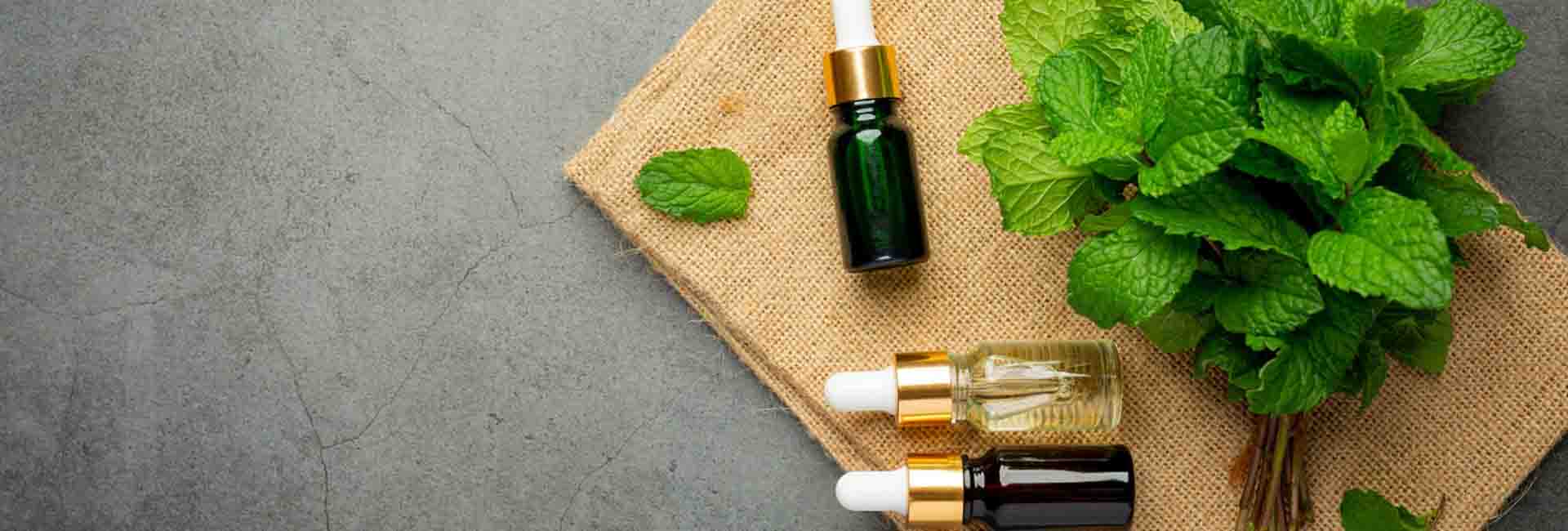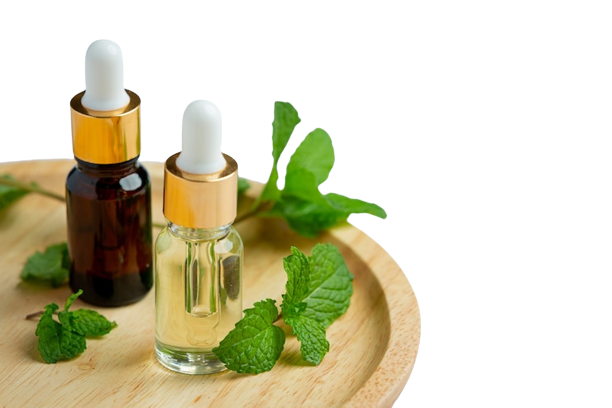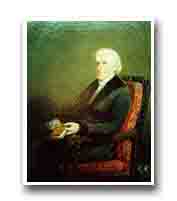About Homoeopathy
Homoeopathy was developed in Germany in the late 18th century by Samuel Hahnemann, a physician and scholar. Hahnemann was dissatisfied with the harsh and often ineffective treatments of his time and began searching for a more natural and gentle approach to medicine.
In 1790, Hahnemann discovered the principle of “like cures like” when he took quinine, a remedy used to treat malaria, and observed that it produced symptoms similar to the disease it was meant to cure. This sparked his interest in the potential of using highly diluted substances to stimulate the body’s natural healing process.
Hahnemann went on to test and document the effects of various substances on healthy individuals and used this information to develop a comprehensive system of medicine that came to be known as Homoeopathy. He wrote several books on the subject, including “The Organon of the Medical Art” and “The Chronic Diseases,” which are still widely used today as reference materials.
Homoeopathy quickly gained popularity in Europe and was introduced to the United States in the early 19th century. Today, Homoeopathy is used by millions of people around the world as a complementary or alternative form of medicine. While it has faced criticism from some medical professionals, it has been embraced by many who value its natural and individualized approach to healing.

Homoeopathy is a form of alternative medicine that was developed in Germany in the late 18th century by a physician named Samuel Hahnemann. It is based on the principle of “like cures like,” meaning that a substance that causes symptoms in a healthy person can be used to cure similar symptoms in a sick person. Homoeopathy uses highly diluted substances, called remedies, to stimulate the body’s natural healing process.
Homoeopathic remedies are made from natural substances such as plants, minerals, and animal products. These remedies are diluted in a specific process to make them safe and effective. The dilution process also makes the remedies highly potent, so they are usually taken in tiny doses. Homoeopathic practitioners use a systematic approach to determine the best remedy for each individual based on their symptoms, personal characteristics, and overall health.
Homoeopathy is used to treat a wide range of conditions, including allergies, skin conditions, digestive problems, respiratory disorders, and emotional and psychological issues. It is often used as a complementary therapy, along with conventional medical treatments, to help manage symptoms and improve overall health and well-being.

Homoeopathy is safe, gentle, and non-invasive. It does not have any significant side effects, making it a popular choice for people who want to avoid harsh chemicals and drugs. It is also highly individualized, meaning that practitioners take into account each person’s unique symptoms and characteristics when determining the best remedy for them.
In conclusion, Homoeopathy is a holistic and natural form of medicine that can help people to achieve optimal health and well-being. While it is not a substitute for conventional medical treatment, it can be an effective complementary therapy for many conditions. If you are interested in exploring Homoeopathy as a treatment option, it is important to consult with a licensed homoeopathic practitioner to determine if it is the right choice for you.



